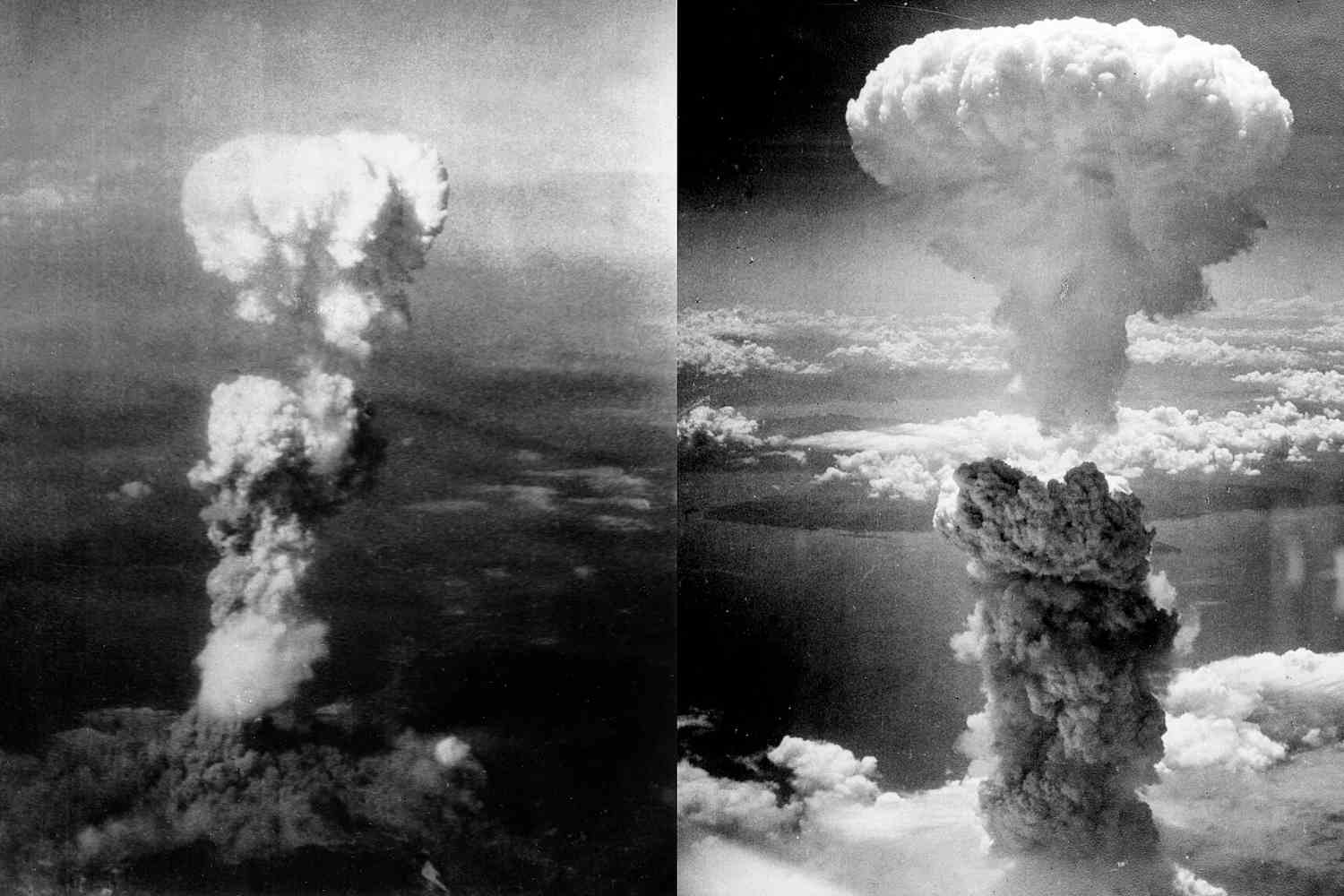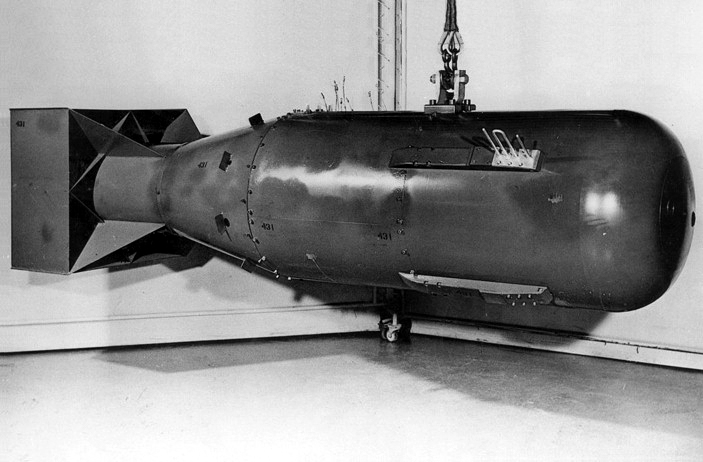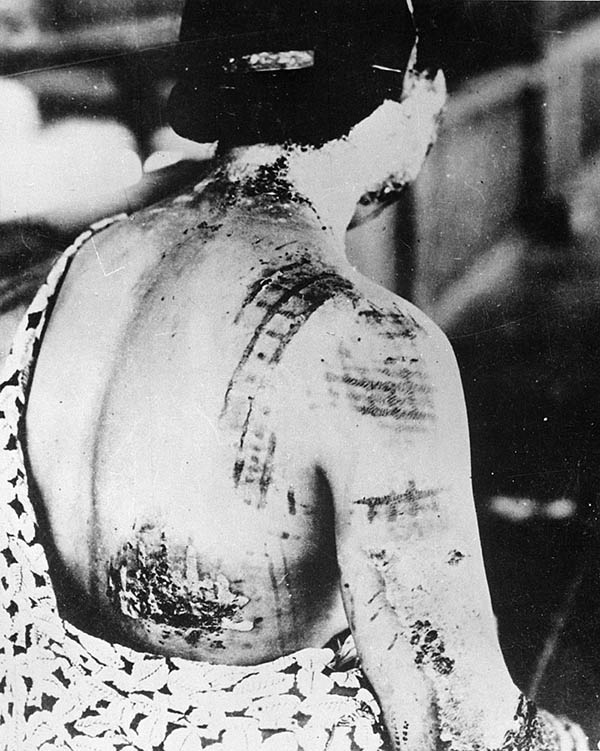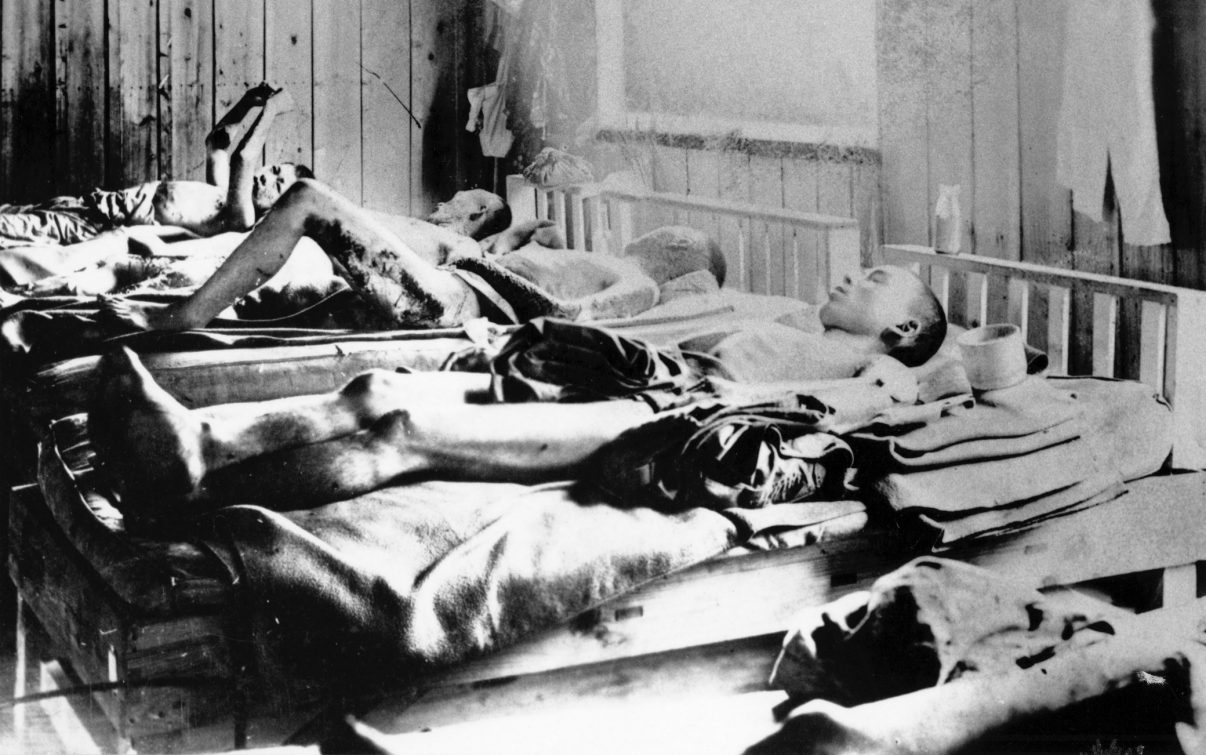On August 6 and 9, 1945, atomic bombs devastated Hiroshima and Nagasaki. Survivors still urge the world to remember—and to ban nuclear weapons forever.

@wikimedia
It was called “Little Boy”, a deceptively simple name for what would become one of the most devastating weapons ever used by humankind. At 8:15 a.m. on August 6, 1945, a B-29 bomber named Enola Gay dropped the atomic bomb over Hiroshima, where it detonated roughly 1,970 feet (600 meters) above the city.

The explosion was almost incomprehensible. Temperatures at the epicenter reportedly reached 12,600°F (7,000°C)—hot enough to melt steel, disintegrate bodies, and ignite a deadly firestorm. Within an instant, 70% of the city was reduced to ashes.
But it wasn’t just the blast that killed. The intense flash of light blinded many and scorched bare skin. The firestorm that followed consumed the city’s oxygen, suffocating thousands. Others died as buildings collapsed or were simply blown away by the force of the explosion.
The cost of silence
What happened in those first few minutes was only the beginning. More than 80,000 people perished instantly. By the end of 1945, that number had risen to around 140,000, as radiation sickness and injuries took their toll.


Then came the long shadow of radiation. Survivors—those who lived through the unthinkable—began falling ill. Leukemia and thyroid cancer became tragically common diagnoses in the years that followed.
One story, in particular, came to symbolize the lingering cost of that day: Sadako Sasaki, a young girl who had survived the bombing without visible injuries. She died of leukemia at just 12 years old. Her attempt to fold a thousand origami cranes in the hospital became a global symbol of peace—and the quiet endurance of grief.
A second bomb, a second city
Just three days later, on August 9, 1945, another city was turned to rubble. This time it was Nagasaki, where the bomb known as “Fat Man” was dropped. Unlike Little Boy, which used uranium-235, Fat Man was built using plutonium-239, and had a different design—yet a similarly deadly outcome.
The initial blast killed 40,000 people, a number that climbed to around 70,000 in the weeks and months that followed.
And with that, World War II edged to its brutal conclusion. The use of these two atomic bombs was a deliberate strategy by the U.S. government to force Japan’s surrender and end the war swiftly. But at what human cost?
A legacy no one should forget
The horror of Hiroshima and Nagasaki remains a scar on the conscience of the world. It’s a chapter many would rather close, yet it must be read—again and again. Survivors, known in Japan as the hibakusha, have spent their lives reminding the world what it means to live through nuclear war. Their message is clear: “Never again.”
They continue to call, even now, for the abolition of nuclear weapons, urging governments to choose diplomacy over annihilation.
What’s happening in the united states today?
In the United States, the nuclear debate remains very much alive. As of 2025, the Biden administration has faced renewed pressure from anti-nuclear advocacy groups to scale back the country’s modernization of its nuclear arsenal, a multi-billion dollar effort involving new warheads and delivery systems. At the same time, escalating tensions with global powers like China and Russia have reignited talk of deterrence and preemptive capability.
On August 6, memorial services are being held across U.S. cities, especially in places like Los Alamos and San Francisco, where activists gather yearly to honor the victims and push for disarmament. Educational programs in schools, exhibitions in museums, and citizen-led peace walks are also taking place—echoing the message of the hibakusha, more urgent now than ever.
